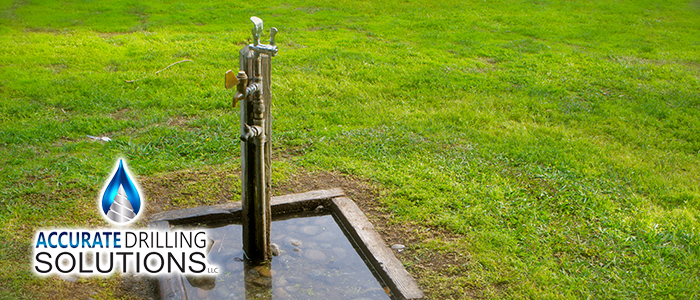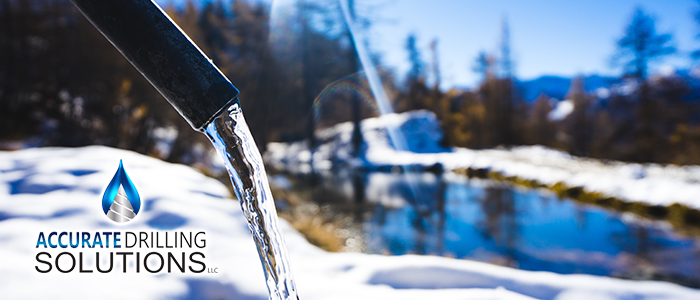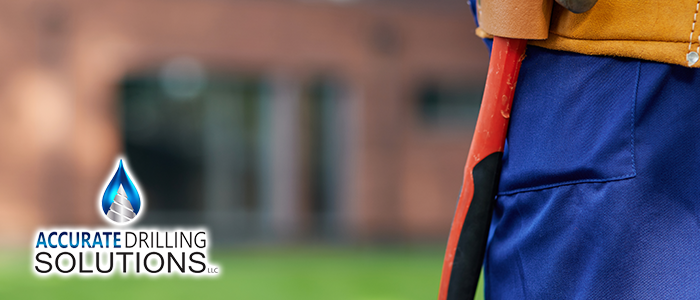
Sarasota’s Essential Guide to Water Well Maintenance
Owning a private water well offers numerous benefits, from potential cost savings to independence from municipal water systems. However, this valuable asset requires care to ensure it consistently delivers safe, clean water. For homeowners in Sarasota and nearby Bradenton, understanding and implementing routine upkeep is crucial. This is Sarasota’s Essential Guide to Water Well Maintenance, designed to help you protect your investment, ensure water quality, and prolong the life of your well system.
The Importance of Proactive Well Maintenance
A water well is more than just a hole in the ground; it’s a complex system involving a well structure, pump, pressure tank, and electrical components, all working together to draw water from an aquifer. Like any system, its components can wear out, become damaged, or be affected by environmental factors. Neglecting maintenance can lead to a host of problems: diminished water flow, poor water quality, premature equipment failure, costly emergency repairs, and, most critically, potential health risks if contaminants enter the water supply.
Proactive maintenance helps catch minor issues before they escalate. Regular checks and preventative measures ensure the system operates efficiently, maintains water quality standards, and protects the groundwater resource itself. For Sarasota residents who rely on well water, consistent maintenance isn’t just recommended; it’s essential for peace of mind and the health of their families. It also helps comply with best practices often outlined by health organizations like the Centers for Disease Control and Prevention (CDC) regarding private wells.
Key Water Well Maintenance Tasks
Effective well maintenance involves several key tasks, ideally performed on a regular schedule. While some simple checks can be done by homeowners, many tasks require the expertise of a qualified well professional.
Here’s a breakdown of essential maintenance activities:
- Annual Water Quality Testing: This is arguably the most critical maintenance step. Water quality can change over time due to environmental factors or system issues. Annually test for bacteria (total coliform and E. coli), nitrates, pH, and total dissolved solids (TDS). Consider testing for other contaminants like arsenic, radon, or pesticides based on local conditions or concerns. Your local health department or a certified lab can perform these tests.
- Visual Wellhead Inspection: Regularly check the physical condition of the wellhead. Ensure the well cap is securely in place, watertight, and screened to prevent entry by insects or small animals. Check that the casing extends adequately above the ground (usually at least 12 inches) and that the ground slopes away from the wellhead to prevent surface water ponding. Look for any visible cracks, corrosion, or damage to the casing or cap.
- Pump System Check: A professional should periodically check the pump’s performance, including motor operation, amperage draw, and line voltage. They can assess bearing wear and listen for abnormal noises. This helps ensure the pump is operating efficiently and can preempt sudden failures.
- Pressure Tank Inspection: Inspect the pressure tank for leaks, corrosion, or damage. Check the air pre-charge pressure according to manufacturer specifications to ensure the pump cycles correctly, preventing unnecessary wear. Waterlogged tanks cause rapid pump cycling.
- Flow Rate Test: Periodically measure the well’s flow rate (gallons per minute). A noticeable decrease over time can indicate issues like pump wear, screen clogging, or dropping water levels in the aquifer.
- System Component Check: Inspect wiring, control boxes, pressure switches, and valves for wear, corrosion, or damage. Ensure all electrical components are properly grounded and protected from the elements.
- Well Water Treatment System Service: If you have water softeners, filters (iron, sediment, carbon), or UV disinfection systems, follow the manufacturer’s recommended maintenance schedule for media replacement, cleaning, and bulb changes.
Recognizing Signs of Well System Problems
Beyond scheduled maintenance, homeowners should be vigilant for signs indicating a potential problem with their well system. Prompt attention to these warning signs can prevent more significant issues:
Changes in water pressure (low pressure or sputtering), cloudy or sandy water (turbidity), unusual tastes or odors (metallic, chemical, rotten egg), water discoloration (brown, orange, black), the pump cycling on and off frequently (short-cycling), or loss of water altogether are all red flags. If you notice any of these issues in your Sarasota or Bradenton home, contact a qualified well professional immediately for diagnosis and repair.
Professional Maintenance vs. DIY: Knowing Your Limits
While homeowners can perform basic visual inspections and should be aware of warning signs, most maintenance tasks require specialized knowledge and tools. Water testing (beyond basic pool-style test strips), pump checks, pressure tank servicing, and any internal well work should be handled by licensed and insured well contractors. They have the expertise to work safely with electrical components and pressurized systems, accurately diagnose issues, and ensure compliance with local regulations, such as those overseen by the Southwest Florida Water Management District (SWFWMD).
Attempting complex repairs or maintenance without proper training can be dangerous, potentially damage the well system, and may even contaminate the water supply. Investing in professional service ensures the job is done correctly and safely.
Scheduling Regular Maintenance: The Value of Agreements
The easiest way to stay on top of well maintenance is to establish a relationship with a reputable well service company. Many companies, like Accurate Drilling Solutions, offer maintenance agreements or annual service plans. These plans typically include scheduled inspections, water testing reminders or services, and sometimes preferential scheduling or discounts on repairs.
An annual service visit allows a professional to perform the key checks, identify potential issues early, and provide recommendations for keeping your system in optimal condition. This proactive approach is the most effective way to ensure the longevity and reliability of your well system in the Sarasota area.
Record Keeping: An Important Maintenance Tool
Keep a detailed record of all well maintenance activities, including inspections, water test results, pump service, and any repairs performed. Note the dates, the findings, the service provider, and any recommendations. This “Well Log” provides a valuable history of your system, which can be helpful for diagnosing future problems, tracking water quality trends, and is essential information if you ever sell your property.
Include the original well construction report (if available), pump installation details, and manuals for any treatment equipment. Good records empower you and your service provider to manage your well system effectively.
Conclusion: Protecting Your Sarasota Well Water
Regular, proactive maintenance is the cornerstone of reliable and safe water well operation in Sarasota and Bradenton. By understanding the key maintenance tasks, recognizing warning signs, and partnering with qualified professionals, homeowners can protect their water supply, extend the life of their well system components, and ensure the continued delivery of clean, safe water. Don’t wait for a problem to arise; make well maintenance a regular part of your homeownership routine.
For comprehensive water well maintenance services, including inspections, testing, and repairs in the Sarasota region, trust the experienced team at Accurate Drilling Solutions.
continue reading
Related Posts
Englewood’s Winter Well Maintenance Checklist While Englewood and nearby Sarasota
Largo Businesses: Maximizing Your Pump System Performance For businesses operating
Well Maintenance Tips for Bartow Property Owners For property owners






